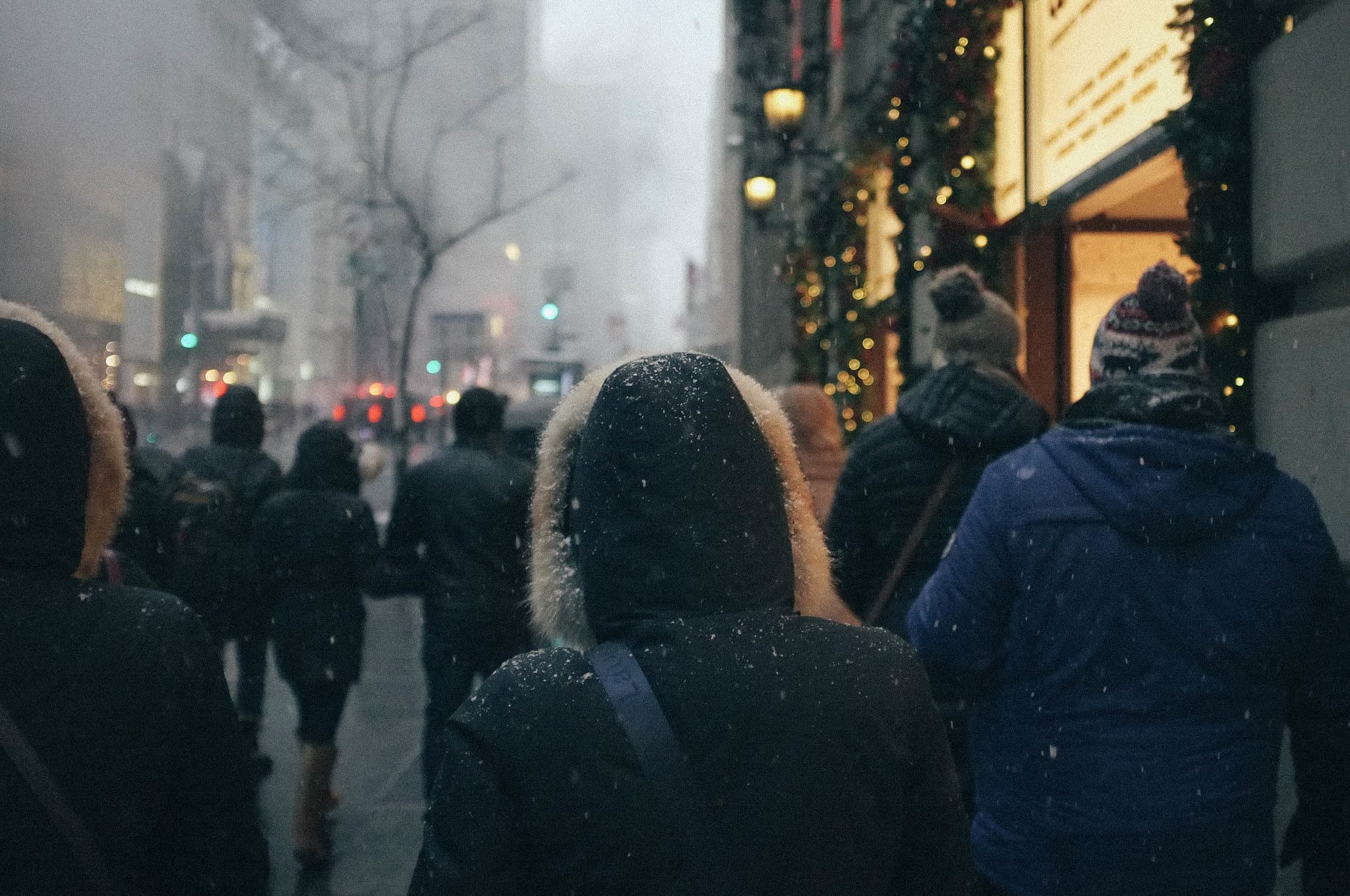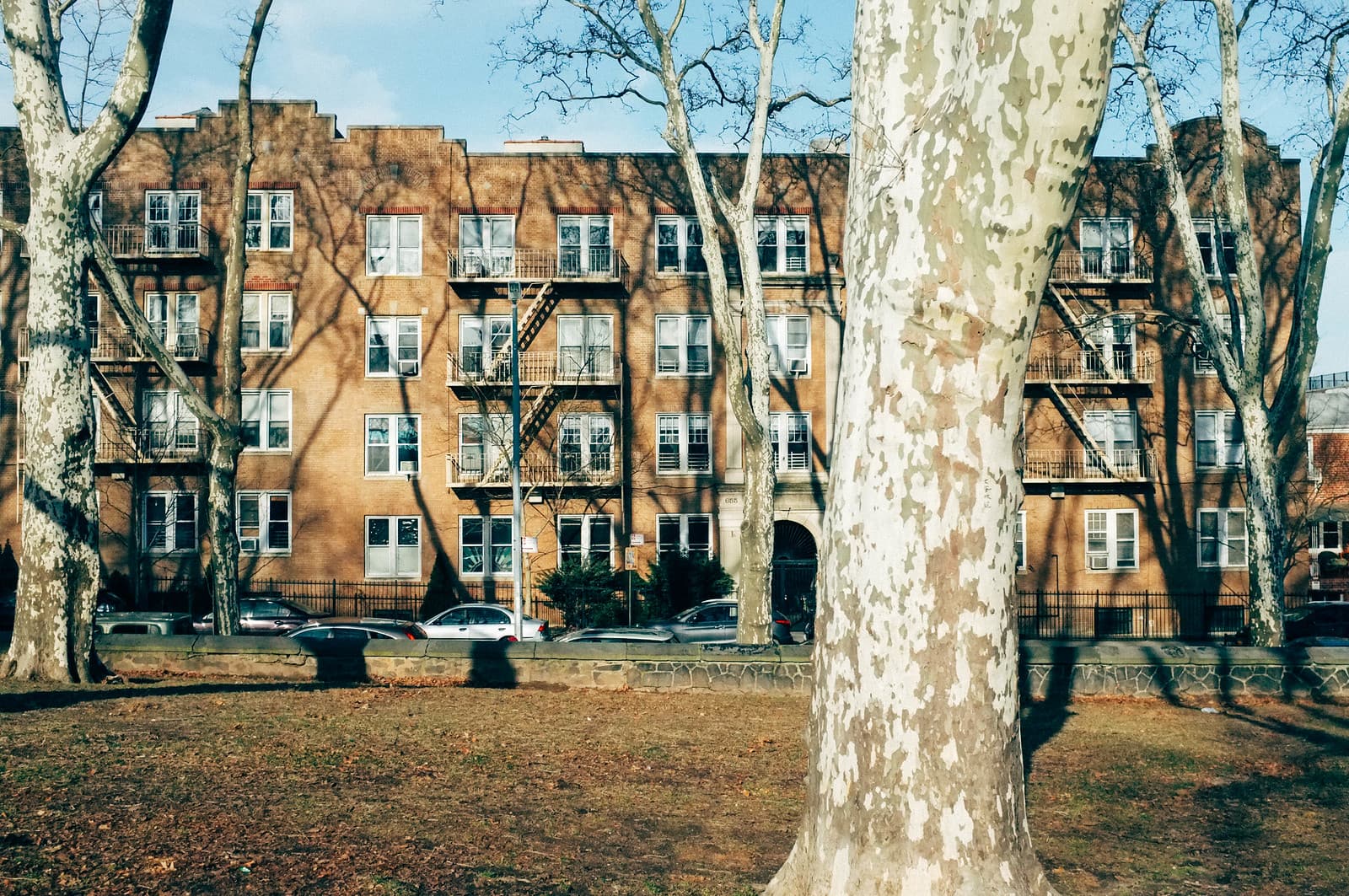Why I Photograph
One of the more memorable examples of such verbiage is Ansel Adams’s description of the camera as an “instrument of love and revelation”; Adams also urges that we stop saying we “take” a picture and always say we “make” one. —Susan Sontag, On Photography
The camera forced me to get up and out. To be in the world. I was (am?) an introverted, indoor kid who preferred computers overs sports, solitude over parties.
But the camera? The camera pulled me outside, pushed me out of the house and into the environment, into the world. Through high school, if I wasn’t in my room, I was outside making photos. I’d take long drives on the back country roads in search of something that would catch my eye, pull over and snap the shutter. I spent the first semester of college at a school in Philadelphia where I never quite felt like I fit in. During the solitary semester, my camera — at the time a Canon Rebel, my first DSLR — was my constant companion, taking me out of my dorm room, off of the campus and into the city. Through the lens, I made sense of my surroundings and my place within it. Even now, when I’m in a new city, the camera is my guide, but it is also my shield.
This story has repeated itself in my life time and again, when I find myself alone in cities around the country. My camera accompanied me when I spent a summer in Nashville for an internship, my first time truly living away from home. Then after graduation when I moved to New York, or to Baltimore when I started graduate school.
I first began to understand this impulse to photograph after I moved to San Francisco. I’d moved across the country, to a place I’d never been before and where I knew no one. I’d spend my weekends walking; headphones in my ears and camera in my hand. I walked across neighborhoods, through parks, in and out of alleys, then, suddenly: Pacific Ocean. Walking was new to me. I grew up in the suburbs where we drove everywhere, then liked in New York where I took the subway, but in San Francisco I had to walk, and my camera was always with me. On foot, I saw the city differently. It was on those walks that I better understood this place.
When I photograph, I’m both connected to the world yet removed from it; an outsider observing this place anew. While the lens separates me from the environment it also, paradoxically, allows me to really see what is before me.
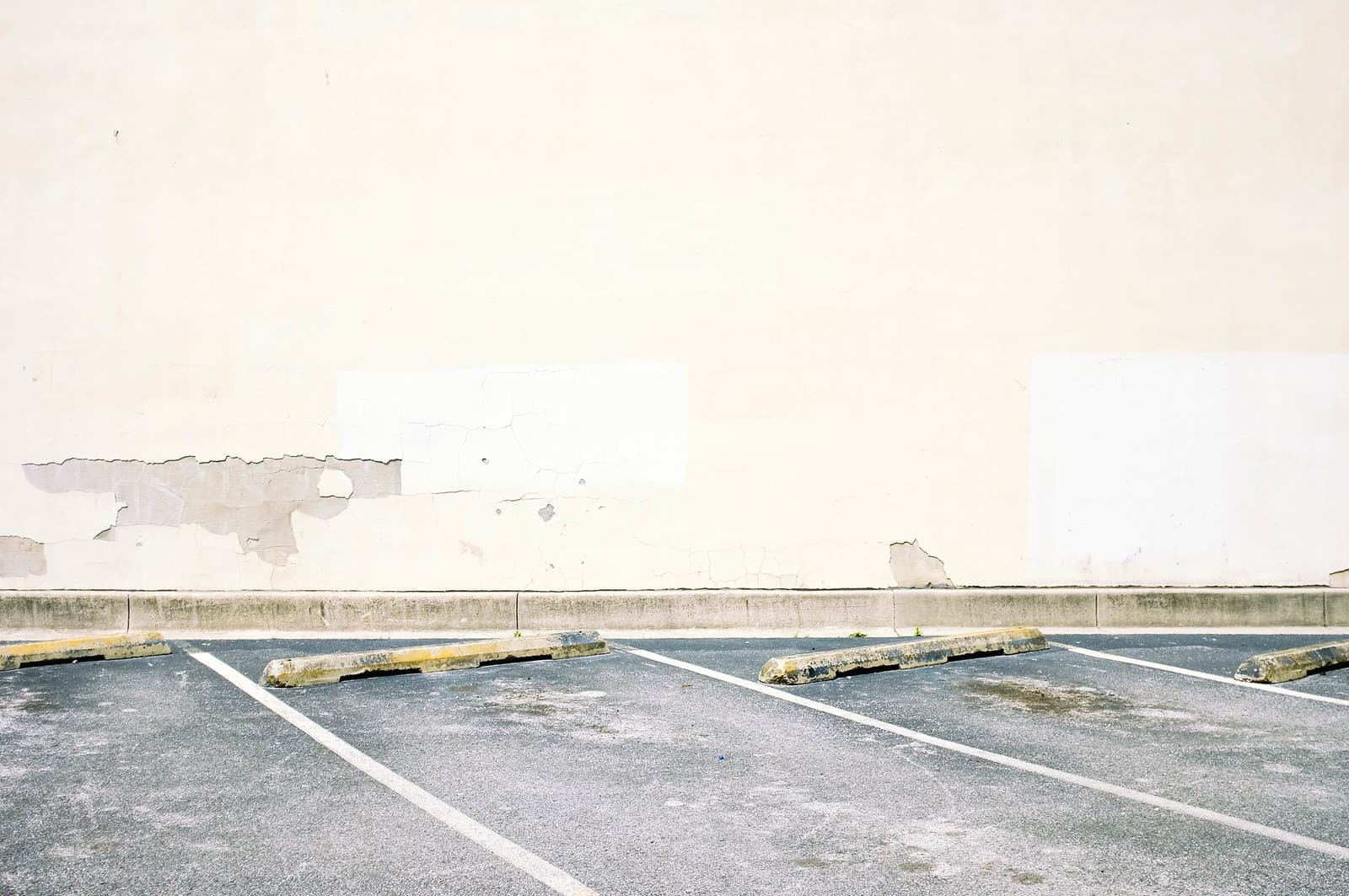
“I photograph to find out what something will look like photographed.” – Garry Winogrand
When I was fourteen years old, my family bought our first digital camera. This was 2002 and the camera was a small Kodak point and shoot. 3.1 megapixels. My dad used it, mostly, to take pictures at birthdays, holidays, and my sister’s cross country matches. When he wasn’t using it, it sat in a black case on the top of his dresser, next to his watch and his glasses.
I don’t remember when I started borrowing it, but I did. I’d keep it in my pocket, taking it with me wherever I was going and taking photos of whatever was around me — I was fascinated with cloud formations at the time, but I also shot landscapes, people, food. It rarely sat on my dad’s dresser anymore and ever so slowly, I became the one taking the pictures at family gatherings.
For my next birthday, I got my own camera and I started thinking about photography a bit more seriously. At the same time, I was beginning an interest in graphic design and the tools I was learning in design found their way into my photography: composition and layout, color and hierarchy, movement and rhythm. My early photos were clearly in service of design — typography and signage, textures and patterns.
I took photography classes in high school and college — both digital and analog where I learned to use a darkroom and made my own pinhole camera. Thinking about it now, it’s one of the few hobbies that has sustained for nearly half my life. Where other interests have come and gone, photography, strangely, has remained. More than other hobbies — and more than the other creative activities I engage in (writing, painting, even designing) — photography continually pulls me back to it. I feel an itch after a few days if I haven’t taken a walk with camera in hand. I miss it.
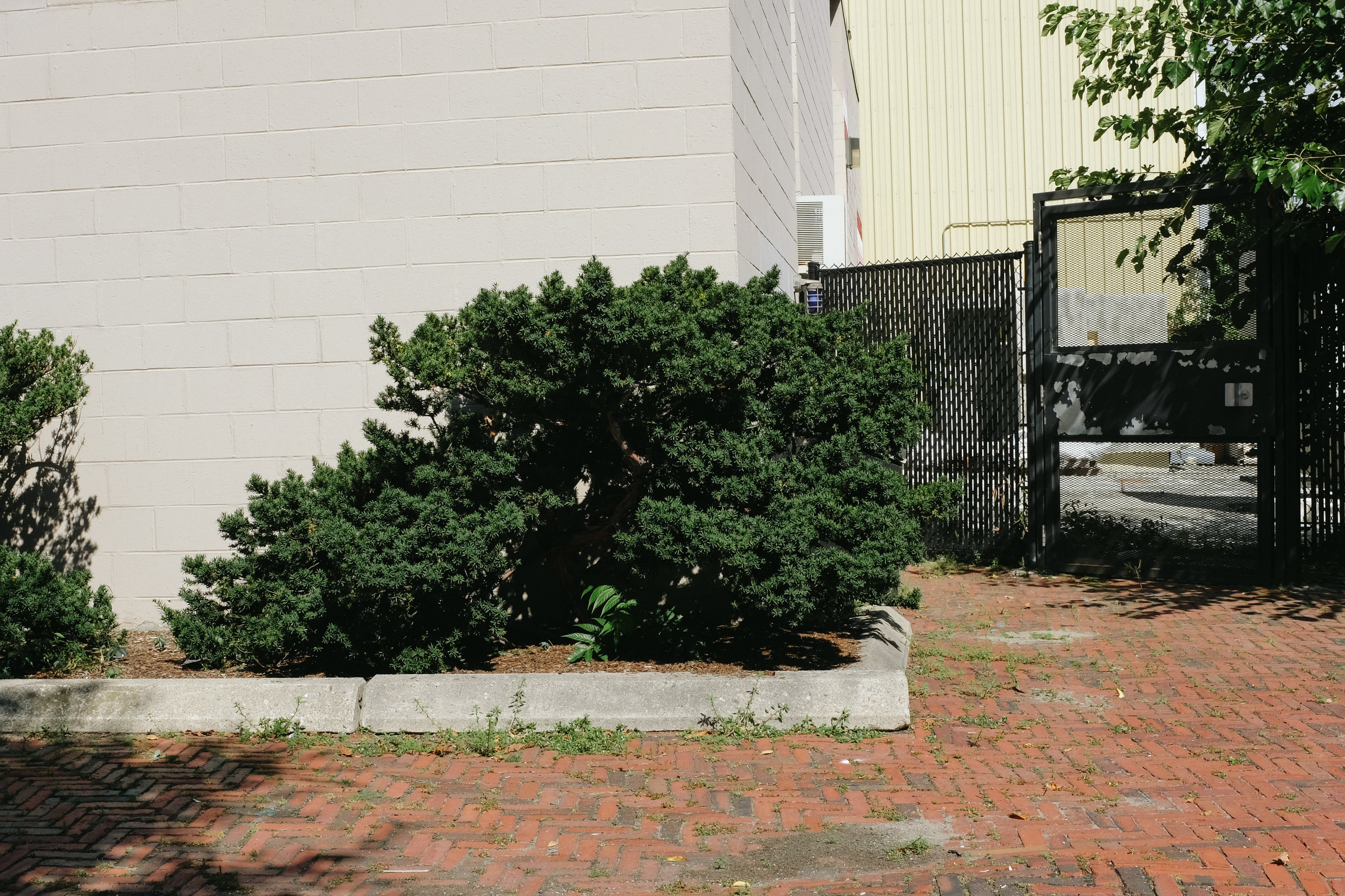
Solitude and taking photographs are connected in an important way. If you aren’t alone, you can never acquire this way of seeing, this complete immersion in what you see, no longer needing to interpret, just looking.” —Wim Wenders
The ideal context for making a photograph is a long, aimless walk; headphones in the ears, camera in hand. The soundtrack is ideally something quiet — ambient music or solo piano — to not distract from what is before you.
You’re on a walk with no place to go. You’re on a derive. You’re part of the Situationists. The camera leads the way, guiding the eyes and pulling the body to where it wants to go. With the camera, you find yourself on streets you haven’t walked before, pushing just past the edges. The camera slows you down. It’s an escape from the perpetually new, the speed of modern life.
The walk is perhaps the last hold on a life before social media, before the internet, before there was always something else that needed to be done. There is no checking email on the walk, no scrolling Twitter. You’re not thinking about where it will be posted or what filter you’ll use. The camera forces you to be present, to be aware — to truly see the world before you.
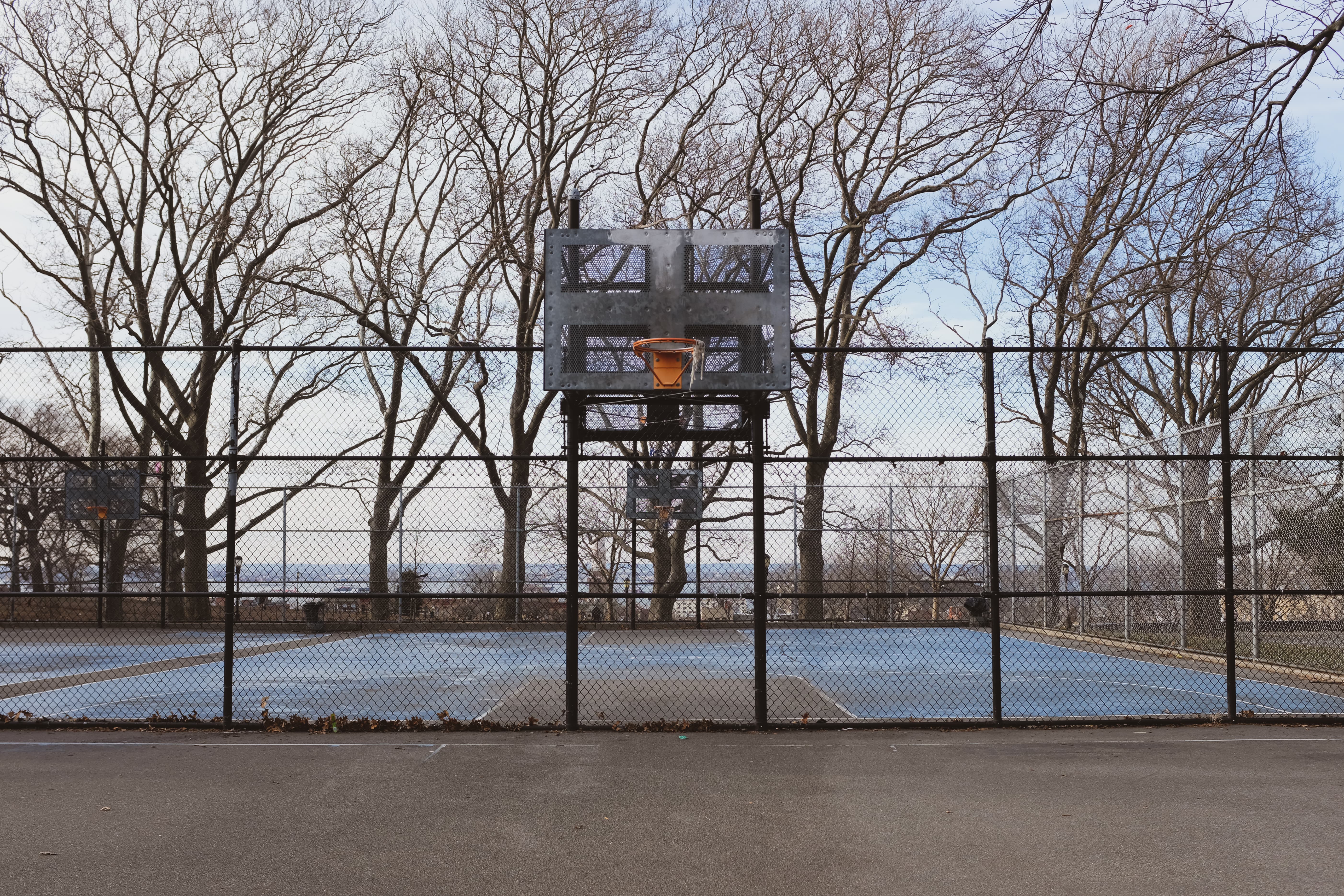
“The photographer chooses oddity, chases it, frames it, develops it, titles it.” — Susan Sontag
I’m not a studio photographer. I don’t make portraits. Are these images for art? Perhaps for documentary? Street photography is the best description for these images. I worship at the alter of Winogrand, of Guidi, of Leiter, of Shore. This is the lineage I want to be apart of. This is the kind of photo I want to make.
How does one select the right image? A photo walk might create hundreds of images and on a good day that might only get me a dozen keepers. What’s that criteria? There’s no rubric, no set list of objects. This is an intuitive process, one guided by both the eye and the gut. Sometimes its a color or a line, a composition or a detail, other times is a mood or a memory, a feeling or a emotion.
I’m interested in the in-between and the banal. I’m drawn to shadow, to texture, to contrast. I like shallow depth of field and flat surfaces, tight spaces and expansive landscapes. Give me an empty image! I want to see layers, that you could almost peel away, revealing something more. My photographs rarely include people. When they do, its from a distance, from behind, from a crowd. Perhaps this says something about my own relationship to crowds or my unease in social settings. I show the world without humans, yet it’s still a world profoundly shaped by humans.
As a designer, I’m interested in how design shapes the world. Writing this now, I see a connection to my own photographs. What drives my design practice is shaping my photographs. But where design is logical, photographs are poetic. In design I aim for clarity, in photography I aim for friction.
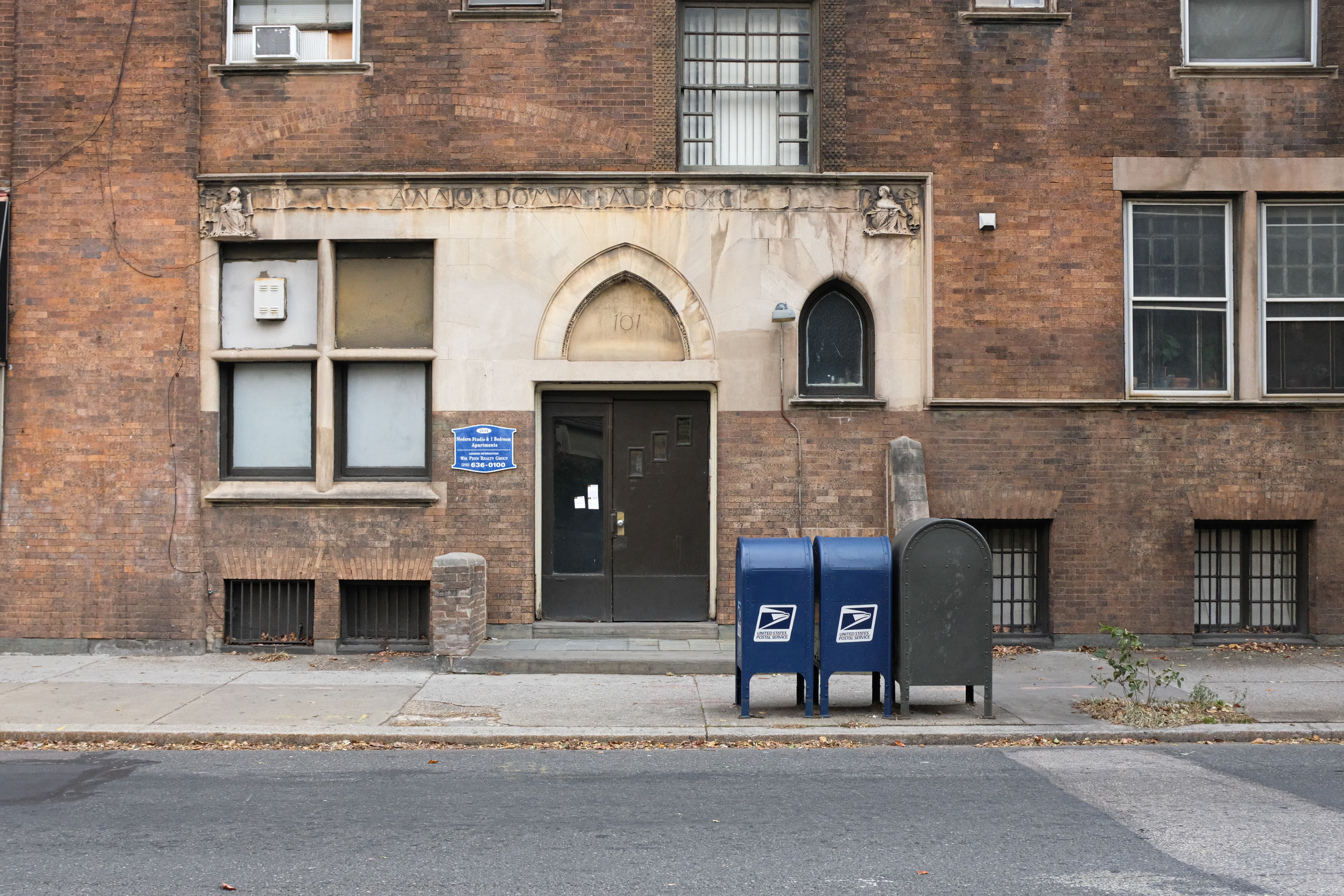
“If I could tell you in words, I wouldn’t need to lug a camera.” —Lewis Hine
One afternoon a few years ago, after a long photo walk in San Francisco, returning to my apartment I ran into Steve, the neighbor across the hall. Steve was an artist; maybe 50 years old, a gregarious fellow who lived alone and always loved to talk. We’d run into each other coming and going and talk a bit, mostly about art. He made three dimensional collages. Once he gave me a copy of Johannes Itten’s color book.
But on this day, he asked about the camera around my neck. We started talking about film versus digital and where he got film developed near by. We talked about the kind of photos we took and why we liked photography. Sometimes, Steve told me, he’ll hit the shutter and feel a surge of pleasure through his body. He can’t help but click it again. The exact same picture. Again. Because, why not? He gets that feeling a little bit longer. The act of hitting that shutter for Steve, of taking a photograph was almost…orgasmic? I knew what he meant.
My interests in photography and graphic design began at the same time and developed simultaneously but unlike design, I’ve never tried to make a career out of photography. There was never an ambition, no larger goals. I’ve spent a career intellectualizing design (over-intellectualizing?). I’ve studied its history, engaged in the theory, thought deeply about the work I do and why I do it. I don’t really do that with photography. I’ve spent time reading its history history and studied the theorists and have my favorite photographers but I’ve never thought deeply about why I need to make photos. I don’t think often about what I want my photos to say, what I want them to do.
Perhaps this is why I keep coming back to it. I’m not overthinking it, trying to do something with them. I’m just doing it for the pleasure of hitting of the shutter. This one is just for me.
